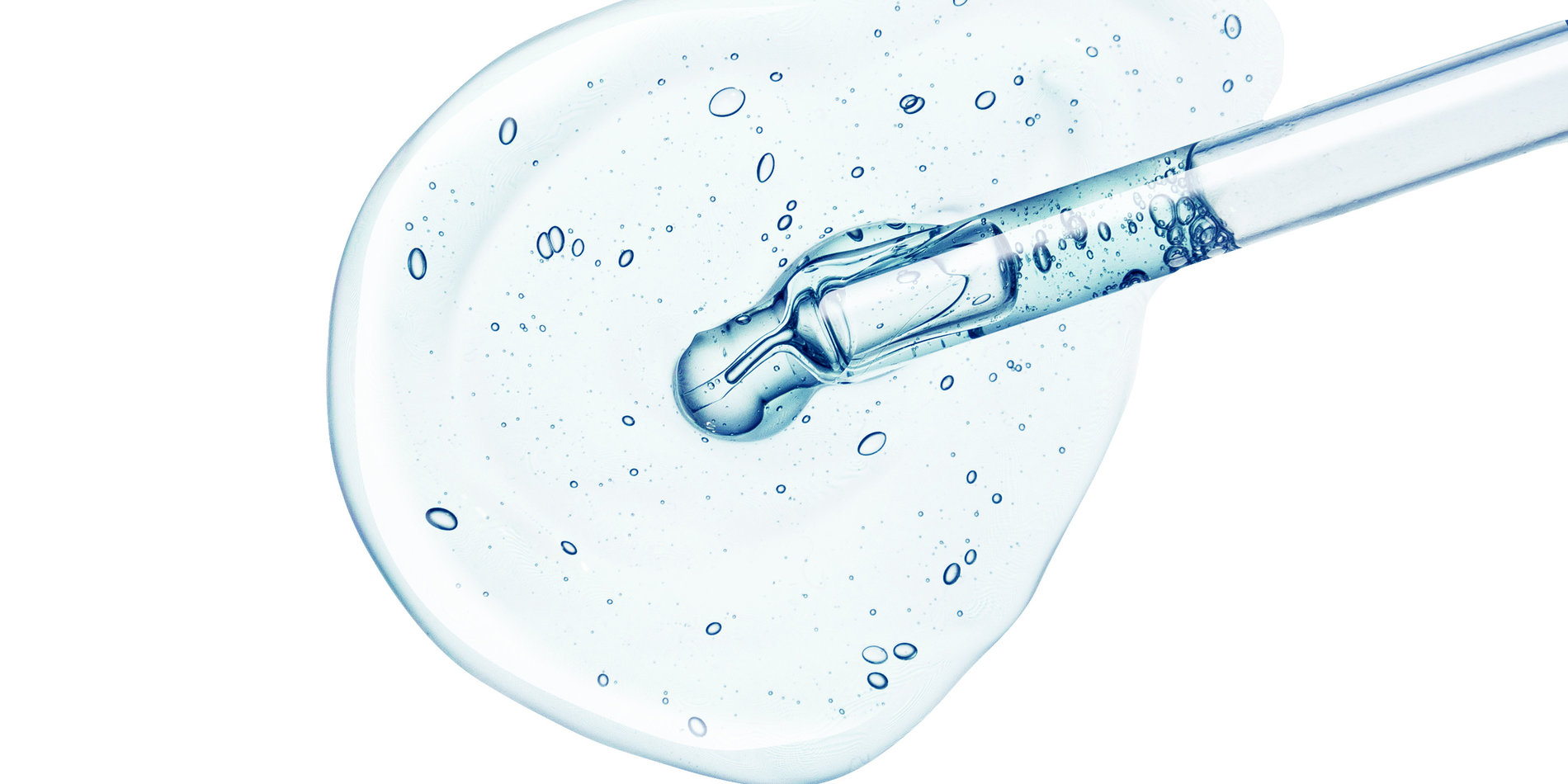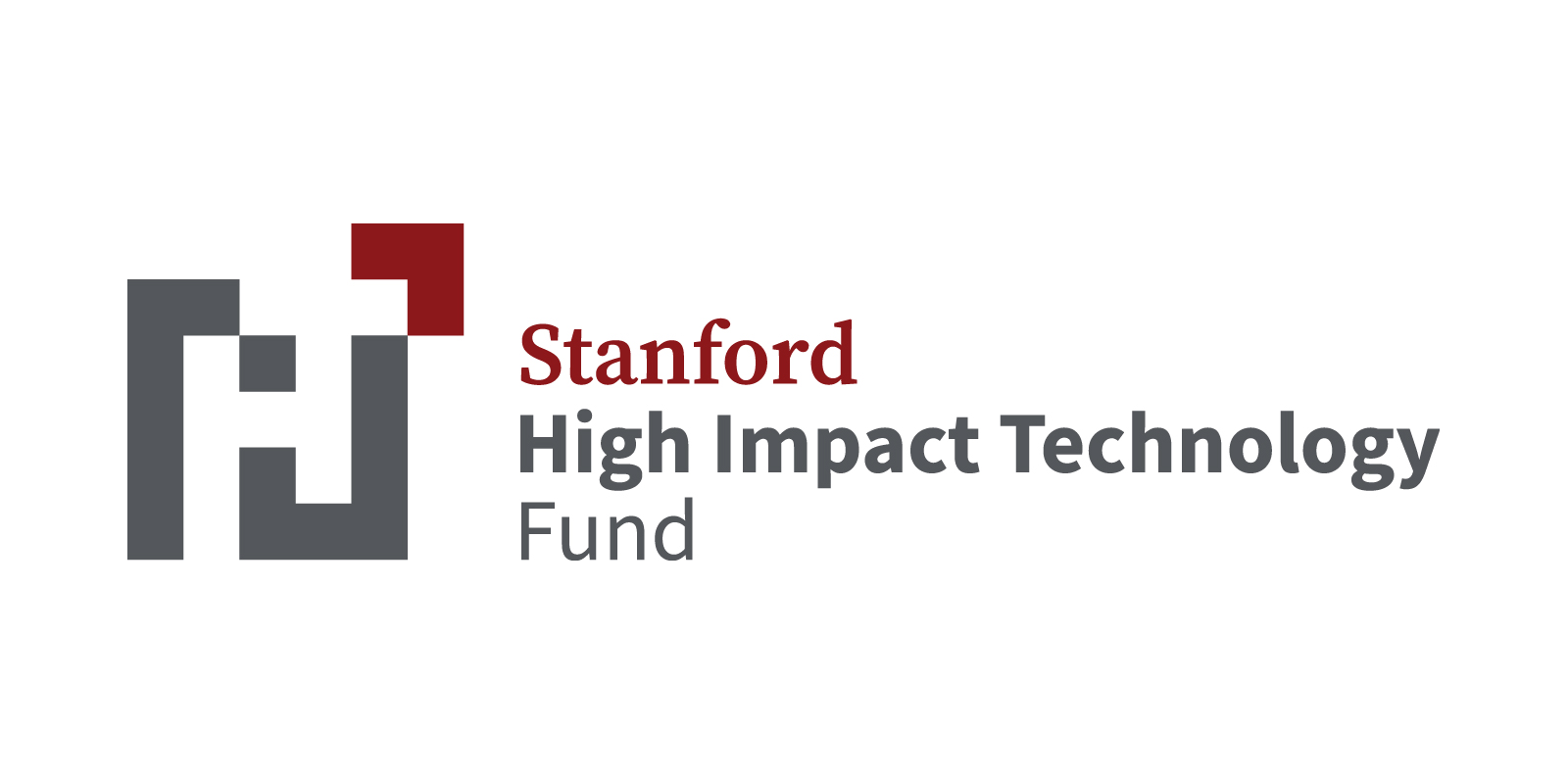Injectable hydrogels for biomedical applications

Credit: iStock.com/TanyaRow
Injectable hydrogels for sustained release of agents in vaccines or cancer immunotherapy.
About the Technology
Hydrogels are an important class of biomaterial that have received much attention for controlled drug-delivery applications on account of their similarity to soft biological tissue and highly variable mechanical properties. We have developed shear-thinning injectable hydrogels where the delivery of therapeutics can be precisely controlled, enabling months-long release of entrapped cargo. These materials are readily processed and synthesized in a facile, inexpensive, and scalable manner, which are distinguishing features for many important biomedical applications.
Team Members
Press
Eric Appel: Gels are changing the face of engineering ... and medicine
Related Web Links
Supramolecular (bio)materials (Dr. Appel's Lab Website)

